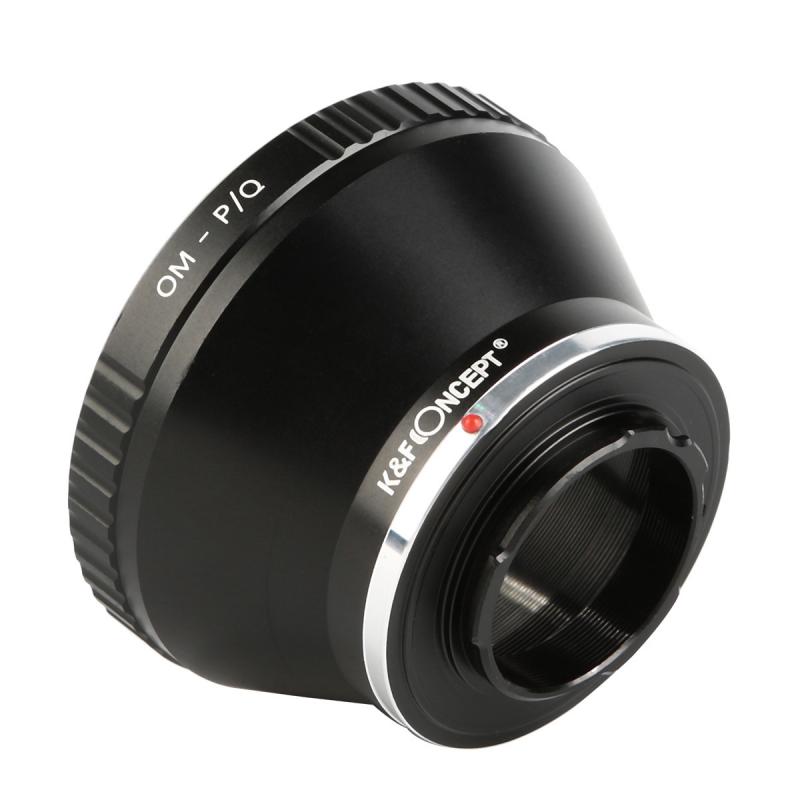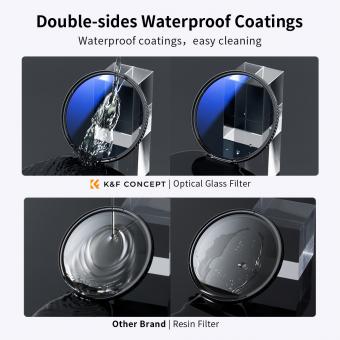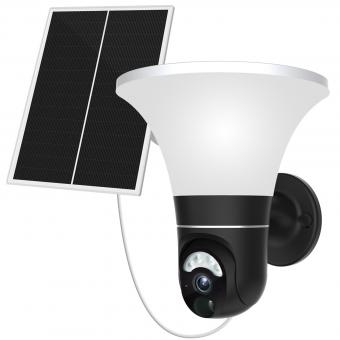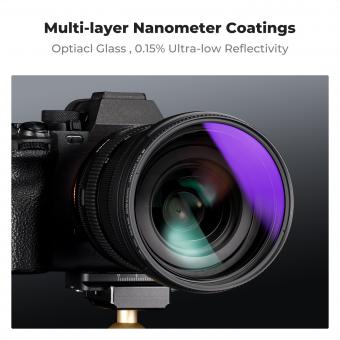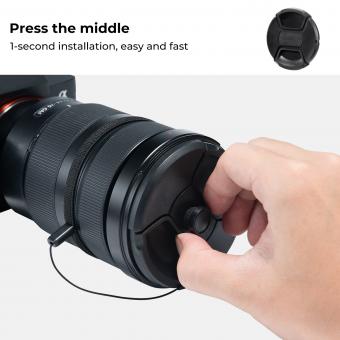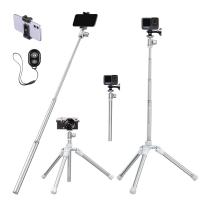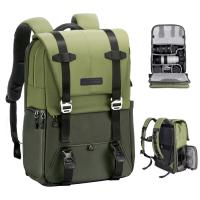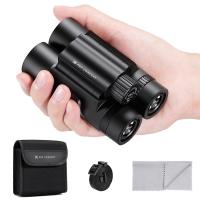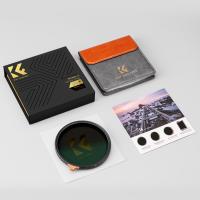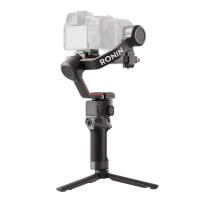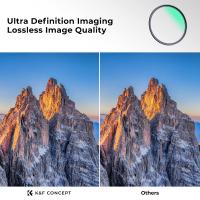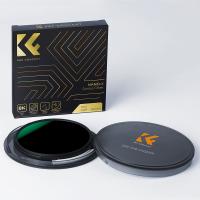Camera Raw Filter Cs6 How To ?
To access the Camera Raw filter in Photoshop CS6, follow these steps:
1. Open your image in Photoshop CS6.
2. Go to the Filter menu and select "Camera Raw Filter" (or use the shortcut Ctrl+Shift+A on Windows or Cmd+Shift+A on Mac).
3. The Camera Raw dialog box will appear, allowing you to make adjustments to your image using the various sliders and tools available.
4. Once you have made your adjustments, click "OK" to apply the changes and return to Photoshop.
Note that the Camera Raw filter is only available for certain file types, such as RAW and DNG files. If you are working with a different file type, you may need to convert it to a compatible format before using the Camera Raw filter.
1、 Introduction to Camera Raw Filter in CS6
Introduction to Camera Raw Filter in CS6
The Camera Raw Filter in CS6 is a powerful tool that allows photographers to make adjustments to their images before they are processed in Photoshop. This filter is particularly useful for those who shoot in RAW format, as it allows for more precise adjustments to be made to the image.
To access the Camera Raw Filter in CS6, simply open an image in Photoshop and go to Filter > Camera Raw Filter. This will open up the Camera Raw interface, which is similar to the interface found in Adobe Lightroom.
From here, you can make a variety of adjustments to your image, including exposure, contrast, highlights, shadows, and more. You can also adjust the white balance, sharpening, and noise reduction settings to fine-tune your image.
One of the most powerful features of the Camera Raw Filter in CS6 is the ability to make selective adjustments using the Adjustment Brush tool. This tool allows you to paint adjustments onto specific areas of your image, giving you even more control over the final result.
Overall, the Camera Raw Filter in CS6 is a valuable tool for any photographer looking to make precise adjustments to their images. Whether you shoot in RAW format or not, this filter can help you achieve the look you want for your photos.
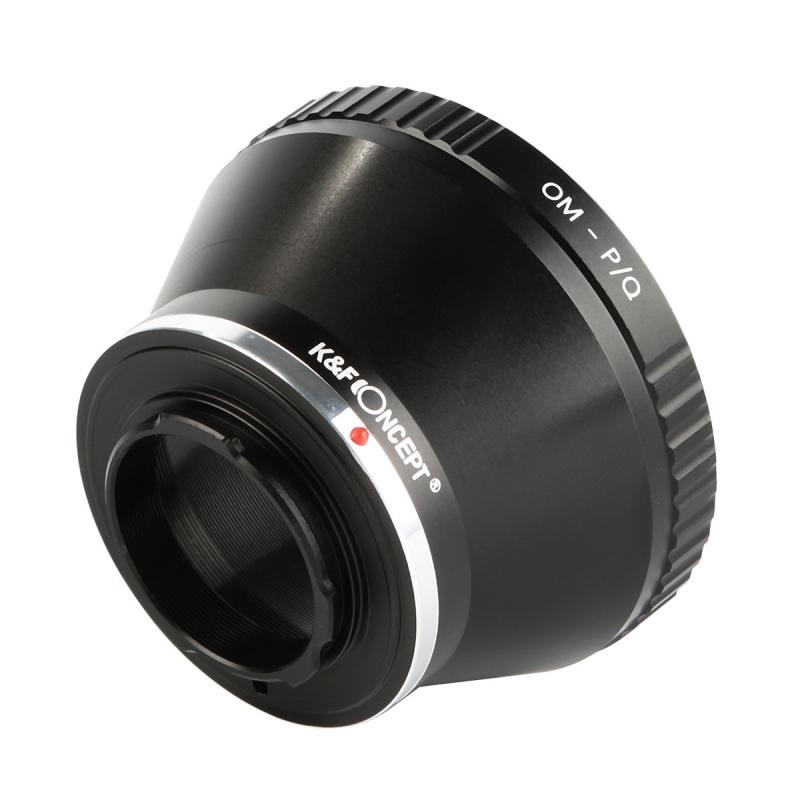
2、 Basic adjustments in Camera Raw Filter
Basic adjustments in Camera Raw Filter CS6 How To:
1. Open the image in Photoshop CS6 and go to Filter > Camera Raw Filter.
2. In the Basic panel, adjust the Exposure, Contrast, Highlights, Shadows, Whites, and Blacks sliders to achieve the desired tonal range.
3. Use the Clarity slider to enhance mid-tone contrast and add definition to the image.
4. Adjust the Vibrance and Saturation sliders to increase or decrease the intensity of colors in the image.
5. Use the White Balance tool to adjust the color temperature and tint of the image.
6. Use the Tone Curve panel to adjust the tonal range and contrast of the image.
7. Use the HSL/Grayscale panel to adjust the hue, saturation, and luminance of individual colors in the image.
8. Use the Split Toning panel to add a color tint to the highlights and/or shadows of the image.
9. Use the Detail panel to adjust the sharpness, noise reduction, and color noise reduction of the image.
10. Use the Lens Corrections panel to correct lens distortion, chromatic aberration, and vignetting.
The Camera Raw Filter in Photoshop CS6 is a powerful tool for making basic adjustments to your images. With its intuitive interface and comprehensive set of tools, you can quickly and easily adjust the exposure, contrast, color, and other aspects of your images to achieve the desired look. Whether you're a professional photographer or a hobbyist, the Camera Raw Filter is an essential tool for enhancing your images and taking your photography to the next level.
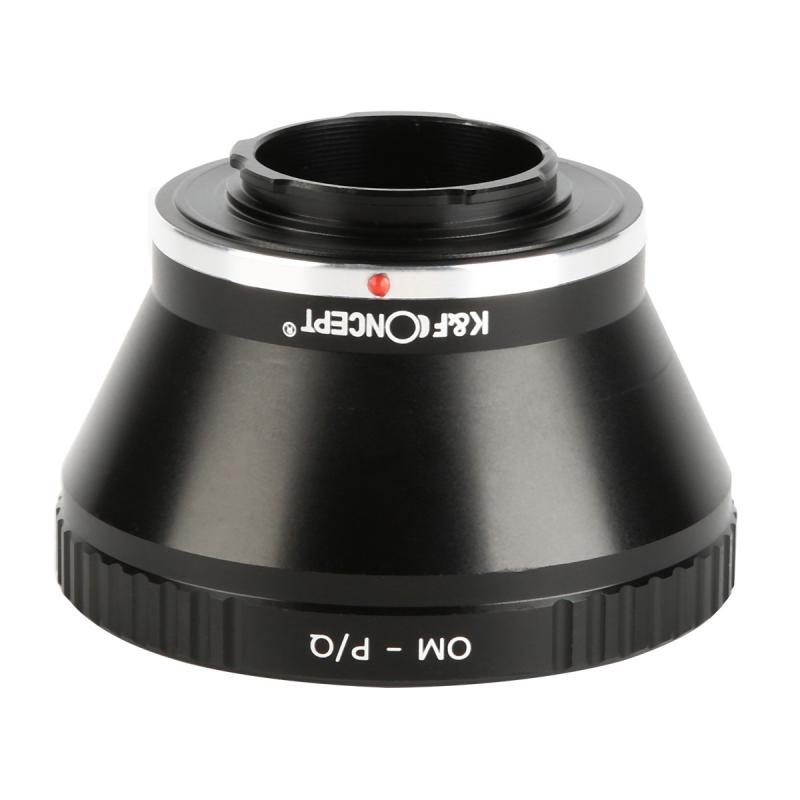
3、 Advanced adjustments in Camera Raw Filter
Camera Raw Filter is a powerful tool in Adobe Photoshop CS6 that allows users to make advanced adjustments to their images. To access the Camera Raw Filter, simply go to Filter > Camera Raw Filter in the Photoshop menu.
Once in the Camera Raw Filter, users can make a variety of adjustments to their images, including exposure, contrast, highlights, shadows, and more. One of the most powerful features of the Camera Raw Filter is the ability to make selective adjustments using the Adjustment Brush tool. This allows users to make targeted adjustments to specific areas of their image, such as brightening up a subject's face or darkening the background.
To use the Adjustment Brush tool, simply select it from the toolbar on the right-hand side of the Camera Raw Filter window. Then, use the brush to paint over the area you want to adjust. You can adjust the size and opacity of the brush using the sliders at the bottom of the window.
Another useful feature of the Camera Raw Filter is the ability to apply presets. Presets are pre-made adjustments that can be applied to your image with just one click. There are a variety of presets available, including black and white, vintage, and more.
Overall, the Camera Raw Filter in Photoshop CS6 is a powerful tool for making advanced adjustments to your images. Whether you're a professional photographer or just a hobbyist, the Camera Raw Filter can help you take your images to the next level.
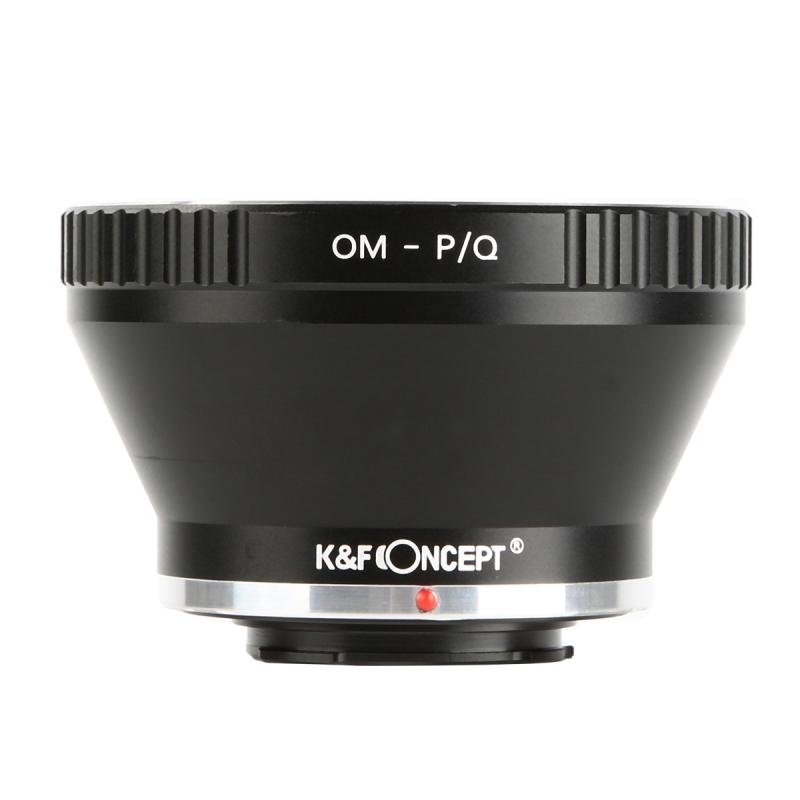
4、 Using presets in Camera Raw Filter
Using presets in Camera Raw Filter is a great way to speed up your editing workflow and achieve consistent results across multiple images. To use presets in Camera Raw Filter in CS6, follow these steps:
1. Open your image in Photoshop CS6 and go to Filter > Camera Raw Filter.
2. In the Camera Raw window, click on the Presets tab.
3. Choose a preset from the list or click on the Load button to import your own presets.
4. Apply the preset to your image by clicking on it.
You can also adjust the preset settings to fine-tune the effect. Simply click on the preset name to expand the settings and make adjustments as needed.
It's important to note that Camera Raw Filter is only available in Photoshop CC and later versions. If you're using an older version of Photoshop, you won't be able to use this feature.
In the latest version of Photoshop, Camera Raw Filter has been updated with new features and improvements. For example, you can now use the Range Mask tool to selectively apply adjustments to specific areas of your image. This makes it easier to achieve precise edits without affecting the entire image.
Overall, using presets in Camera Raw Filter is a great way to speed up your editing workflow and achieve consistent results. Whether you're a professional photographer or a hobbyist, this feature can help you take your images to the next level.
